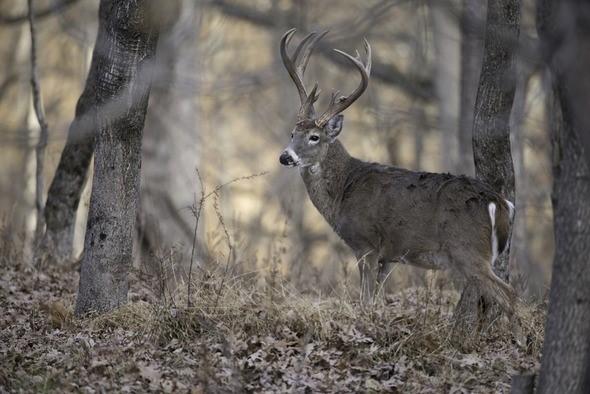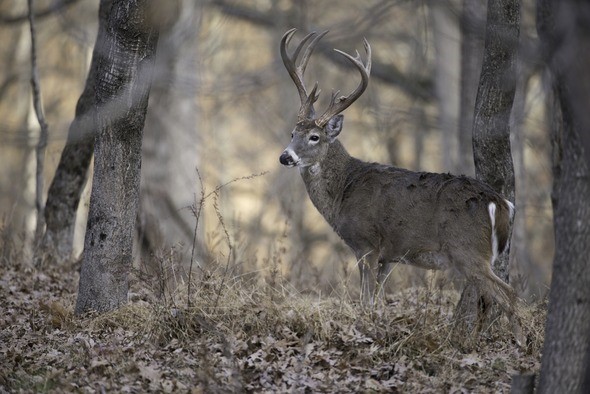
Xplor reconnects kids to nature and helps them find adventure in their own backyard. Free to residents of Missouri.


































Stay in Touch with MDC news, newsletters, events, and manage your subscription

Xplor reconnects kids to nature and helps them find adventure in their own backyard. Free to residents of Missouri.

A monthly publication about conservation in Missouri. Started in 1938, the printed magazine is free to residents of Missouri.


St. LOUIS, Mo.—During this time of year when Missouri’s deer hunting seasons are in full swing, Missouri Department of Conservation (MDC) conservation agents receive and investigate many calls reporting illegal dumping of deer carcasses.
“Agents get a lot of calls from concerned citizens who either find a dumped deer carcass or witness someone in the act of dumping a deer carcass,” said MDC St. Louis Region Protection Captain, Scott Corley. “If you observe this taking place, it’s always best to be a good witness and provide as much information as you can such as vehicle and description of the person, along with full or even a partial license plate number,” said Corley.
A person commits the offense of unlawful disposition of a dead animal in Missouri when they knowingly place or cause to be placed the carcass or parts of any dead animal:
According to Capt. Corley, the offense of unlawful disposition of a dead animal is a class C misdemeanor.
Not only is the dumping of a deer carcass or its parts illegal, but it could also contribute to the spread of Chronic Wasting Disease (CWD). Most counties in MDC’s St. Louis Region are part of a CWD Management Zone, and these have special deer carcass movement restrictions. Visit http://short.mdc.mo.gov/ZT2 to find out more about these specific counties and the restrictions.
CWD is a neurological disease fatal to deer that is spread by miss-sharpen proteins, called prions. Even though infected, a deer may not show signs of the disease for as much as 18 months. The only way to confirm the presence of the disease is through post-mortem testing.
Even parts from CWD-infected deer can spread the disease. Long after infected carcass remains decompose, prions stay infectious in the environment, possibly exposing other deer to CWD.
Capt. Corley said hunters should take the following steps when disposing of deer carcass parts, which can help prevent CWD and other diseases from spreading:
“Hunters, taxidermists, meat processors, and others can slow the spread of CWD by properly handling deer parts,” Capt. Corley said.
To report illegal dumping of a deer carcass or any other illegal hunting activity like poaching, the public should contact their local conservation agent, or call the Operation Game Thief hotline at 1-800-392-1111.
“Practice these deer carcass disposal measures, be courteous and respectful of others, and let’s all have a safe hunting season,” said Capt. Corley.